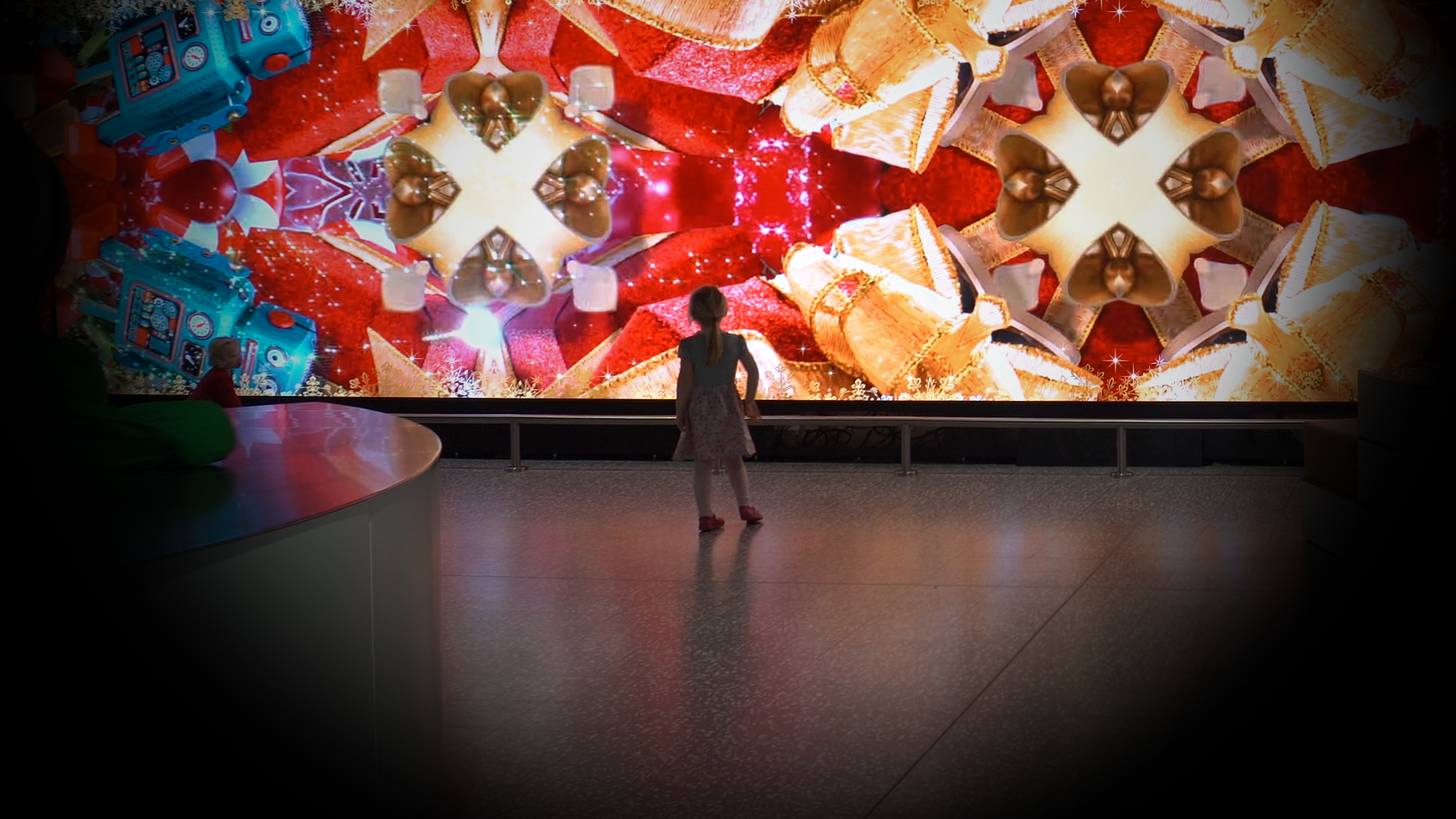The downfalls of AI in data-triggered experiential content
Love it or hate it, Artificial Intelligence (AI) is hitting the world like a storm. So far, we’ve seen it revolutionising countless industries and promising to transform everything from healthcare to entertainment. Whether its substantial growth is positive or negative is a debatable topic.
However, despite its achievements so far, AI has its limitations, especially when it comes to creating data-triggered experiential content. This domain remains a realm where human creativity and technical expertise hold a distinct edge over AI — great news for us.
The Unique Nature of Data-Triggered Experiential Content
Data-triggered experiential content is a fusion of art and technology, where digital creations respond to real-time data inputs. Imagine a digital mural that changes colour based on live weather conditions, or an interactive installation that reacts to the movement of people in a space. This type of content requires a nuanced understanding of both the artistic vision and the technical connections that are the driving force behind it.
Human artists and technical developers work together to design these experiences, ensuring that they are not only aesthetically pleasing but also meaningful and engaging — and working correctly with the required sources. The human touch in these projects allows for a level of subtlety and intentionality that AI struggles to replicate.
The shortcomings of AI in experiential content creation we’ve seen so far…
Lack of Contextual Understanding
One thing AI is great at is pattern recognition and data analysis but usually, it falls short in understanding context. Data-triggered experiential content relies on cues from the data it’s connected to, to shape its presentation. For example, an artist can grasp the cultural significance of a particular colour or sound in a given context, while AI might simply choose elements based on statistical frequency without understanding their deeper meaning.
Inflexibility in Creative Processes
AI's creative processes are largely driven by algorithms and predefined rules. While it can generate content based on these parameters, it lacks the flexibility to adapt and evolve its creations in the same way we as humans can. Experiential content often requires a significant amount of development, with continuous adjustments and refinements based on feedback and new ideas. This dynamic process is something AI struggles to mimic.
Dependence on Quality Data
AI's performance is heavily dependent on the quality of the data it is trained on. In the world of experiential content, data can be noisy, incomplete, or contextually irrelevant. Human developers can navigate these challenges by making informed decisions, filtering out noise, and integrating only the data sources they so wish. AI, on the other hand, might misinterpret or misrepresent data, leading to chaotic outputs.
Emotional Connection and Empathy
One of the hallmarks of experiential content is its ability to evoke emotions and create a sense of connection with the audience. Human creators infuse their work with personal experiences, emotions, and empathy, which resonate with people on a deeper level. AI-generated content, despite being sophisticated, often lacks this emotional depth and fails to establish the same level of connection.
The Human Edge in Experiential Content
While AI continues to advance and reshape various aspects of our world, its limitations in creating data-triggered experiential content are fairly obvious. The intricacy of art and technology, contextual understanding, creative flexibility, and emotional requirements for these projects highlight the irreplaceable value of human creativity.

